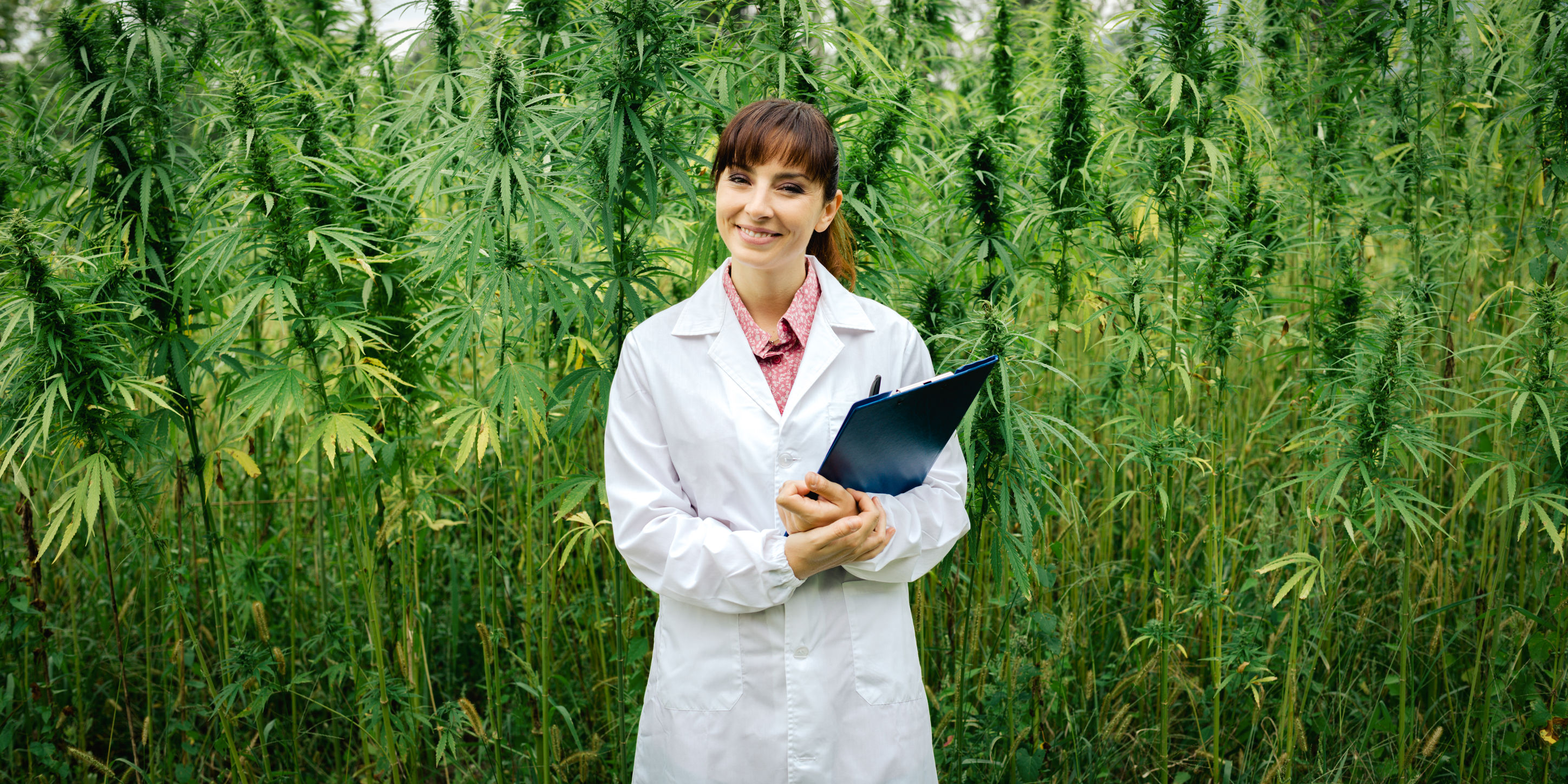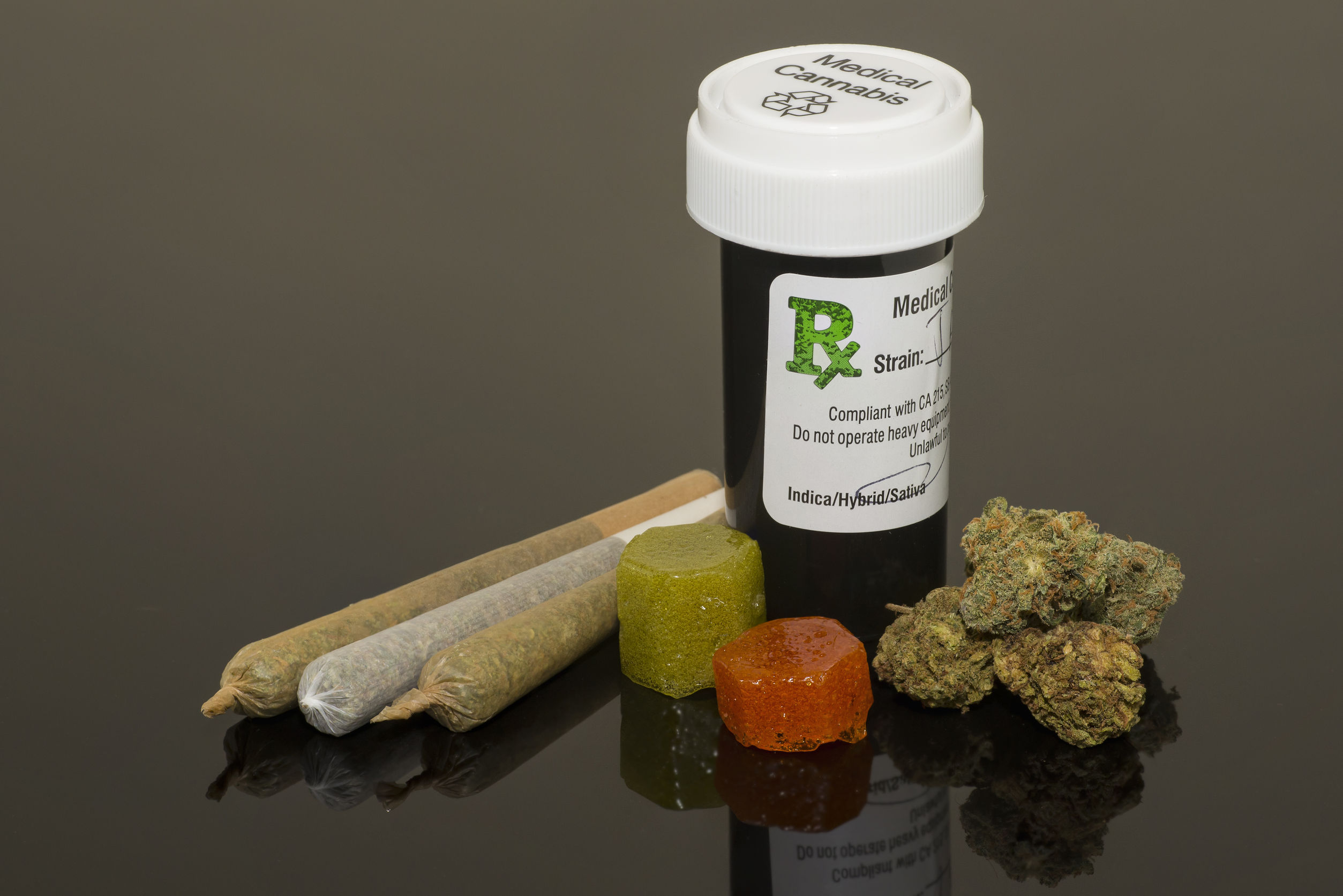As it stands, cannabis is now legal, at least in some form in 26 states and Washington DC. Last November saw three new measures passed in California, Massachusetts, and Nevada for the recreational sale of cannabis to adults 21 and older. Clearly, we’re headed toward a future where marijuana makes its official reentrance into consumer markets, yet this reality has many people – especially physicians – wondering about what current cannabis research exists.
A new report published on January 5th by the National Academies of Sciences, Engineering and Medicine analyzed more than 10,000 studies to determine what conclusive statements could be made about the health effects of marijuana. With new forms of increasingly potent cannabis – oils, concentrates, and even edible forms ranging from gummy bears to soft drinks, it’s important to understand how this substance will continue to interact with public health.

With increasing legality, the future will likely see more comprehensive cannabis research.
Already, a recent survey suggests that nearly 22 million American adults have used marijuana in the last month, whether obtained legally or not. Still, the country and our medical community remain conflicted over the official science, risks, and benefits associated with the drug. Considering its Schedule 1 status – having “no currently accepted medical use and a high potential for abuse” – cannabis research has been a difficult feat for decades.
New Cannabis Research Highlights
The 337-page report entitled, The Health Effects of Cannabis and Cannabinoids highlights some of the main concerns for physicians and healthcare workers regarding what conclusive evidence currently exists:
Medical Benefits: In regards to chronic pain, the report states that patients treated with cannabis or cannabinoids “are more likely to experience a significant reducing in pain symptoms.” Additionally, researchers claim there is “substantial evidence” that the short-term use of oral cannabinoids can reduce muscle spasms related to multiple sclerosis. Other ailments such as chemotherapy-induced nausea and vomiting are conclusively treatable with cannabinoids.
The report also goes into detail regarding other therapeutic effects, immune system considerations, and the psychosocial aspects associated with cannabis use. Of course, it’s becoming more obvious that keeping cannabis a Schedule I drug is rather inaccurate, yet many are concerned more with the risks over the plant’s suspected benefits.
Health Risks: So far, there is no strong evidence to support that smoking marijuana increases the risk for cancers associated with chronic tobacco use – things like lung and head and neck cancers. Research is still needed to determine whether cannabis use is associated with higher risks of heart attack or stroke.

Medical cannabis can come in many forms and be tailored to certain ailments and diseases.
Asthma and other respiratory ailments like bronchitis are likely worsened by smoking marijuana on a regular basis, yet whether this is caused by cannabis in and of itself remains unclear. Skeptics of the safety of cannabis also point to the possible connection between the development of schizophrenia, social anxiety, and other mental health issues. As the report discusses, the causes of these conditions themselves are already difficult to identify, only made more perplexing when cannabis is thrown into the mix. Scientists caution that there are still many other explanations for the link between cannabis use and schizophrenia such as family history, environment, and an individual’s unique brain chemistry.
Currently, there’s still limited evidence for the concept that marijuana is a gateway drug to less-than-therapeutic substances like tobacco, alcohol, and hard drugs. However, researchers have found “moderate evidence” supporting a link between cannabis use and substance dependence or abuse problems. The same evidence suggests that the use of cannabis in minors “increases the likelihood of developing dependency, which can affect academic performance and social interactions.” That said, the spectrum ranging from the adult use of recreational marijuana to medical cannabis use in children illustrates just how complex of an issue this is.
Hopefully, as more cannabis research is conducted in states with softening stances on the plant, our medical and scientific communities will finally gain the conclusive understanding they deserve.
